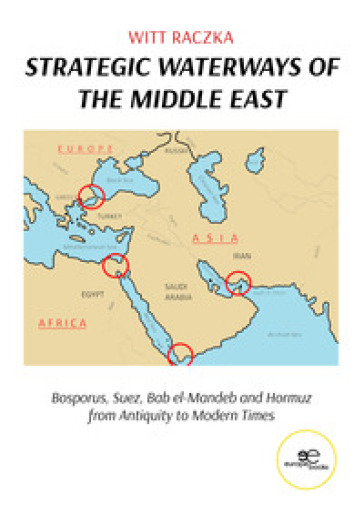Strategic waterways of the middle east. Bosporus, Suez, Bab el-Mandeb and Hormuz from Antiquity to Modern Times
Witt Raczka

- Brossura:
- 453 Pagine
- Editore:
- Europa Edizioni
- Pubblicato:
- 15/01/2024
- Isbn o codice id
- 9791220145947
Per visualizzare la wishlist è necessario accedere o registrarti
| Prova |
| Prova a dirlo con una cena. 20 menu per dare una notizia |
| Prova a mentirmi. Imparare il linguaggio del corpo per capire gli altri |
| Prova a raccontare... Dai voce alle storie |
| Prova a sanguinare. Quattro ragazzi, un treno, la vita |
| Prova a spostare il ragno. Esperienze microscopiche all'ombra del titano |
| Prova anche tu |
| Prova con una storia |
| Prova d'appello |
| Prova d'autore |